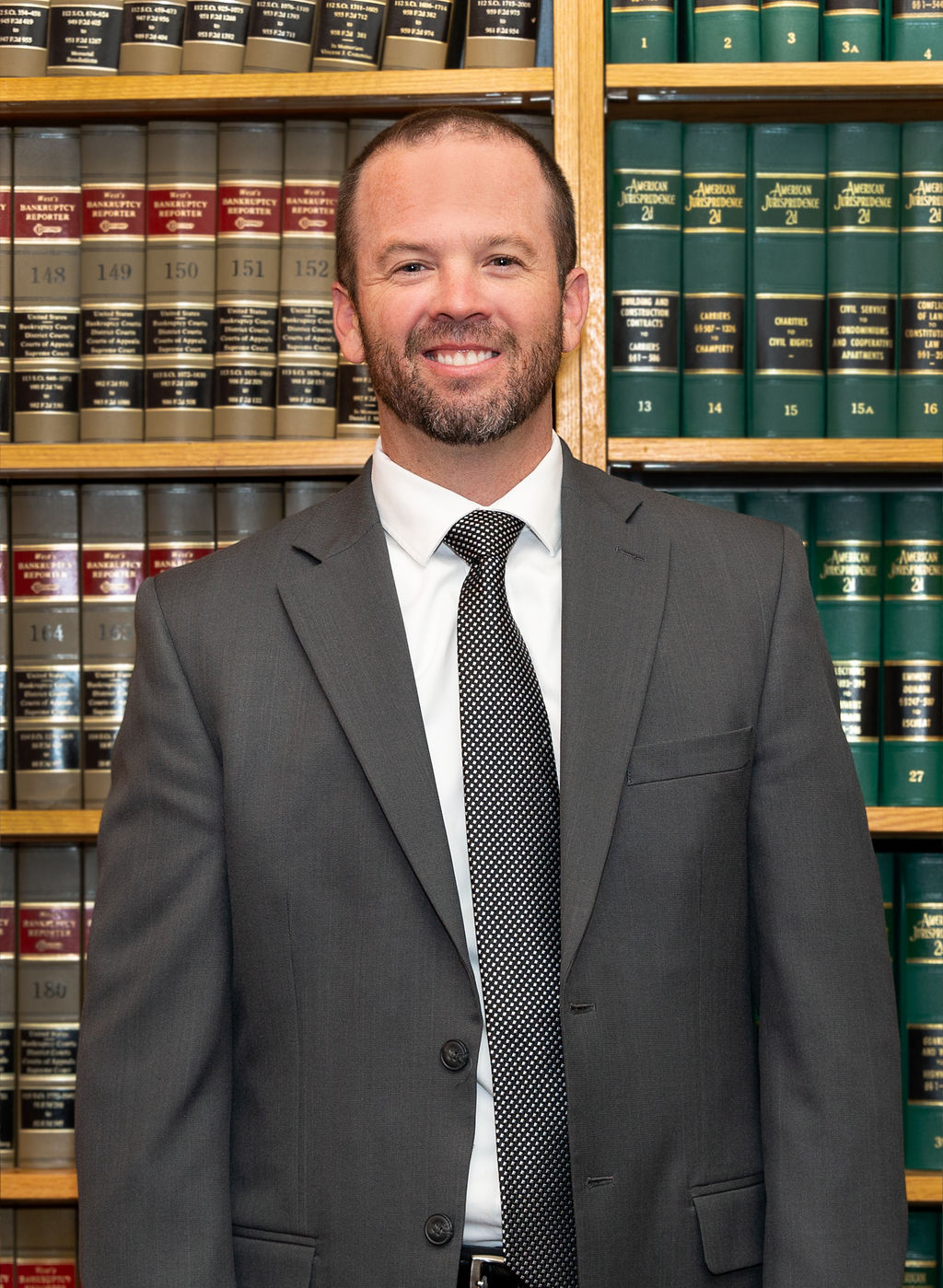
Joint and several liability refers is to a common law legal framework that allows multiple people to be jointly liable. Basically, two or more people are joint liable if they are responsible for the same act. This makes it unfair to the defendants and unfair to the injured party. There are many options to determine who is liable in cases of joint and multiple liability. The following are the most important considerations in deciding whether or you can hold others jointly and severally liable.
Limitation of joint and several liability
Although joint and multiple liability is an important legal concept in law, it has been the topic of much debate over recent years. Its history shows it was not updated to keep up with the changing legal landscape. One could argue that joint-and-multiple liability may have deterred some professionals from entering the field. However, other liability schemes could decrease the risk of litigations. Let's face it, liability can be limited in many ways.
It is important to know the percentage of fault in each case to limit joint liability. The rule says that if a defendant is 50 per cent at fault, the plaintiff cannot be held jointly responsible to more than 50% of the damages. The defendants can only be jointly responsible for certain noneconomic damages if more than half the fault is attributable to the plaintiff. This limitation applies only to the plaintiff's claim.

Inequitable to defendants
Joint and several liability emerged in very different circumstances to those currently prevalent. In the past, a defendant could only be held liable for a plaintiff's loss if the plaintiff had also contributed to it. Professional liability was based on contract. Tort recovery for economic loss was not possible. Courts had limited authority to assign liability among multiple defendants.
Proponents and supporters of proportionate negligence argue that joint-and-single liability can cut costs by preventing excessive damages for aggrieved Plaintiffs. The advocates of proportionate liability point out that proportionate liability can reduce the number and complexity of settlements and trials by settling the liability in one case and establishing a share of the loss among the defendants. Opponents of joint and multiple liability argue that the Canadian legal system will be less competitive if there is joint and multiple liability.
Protection for injured persons
A comparative blame rule limits the amount an injured person can collect from a single party. The defendant's greater fault, the smaller the amount the injured party can collect. A joint and several liability rule does not apply to comparative fault cases, meaning that a plaintiff may still have to seek damages from the least at fault party. This rule is more prevalent in the U.S. and is generally favored for personal injury cases.
In the event of multiple-party negligence, joint liability protection for injured persons allows an injured party recover compensation from any person and company that is legally liable. Multiple employers or architects may be liable for damages caused by asbestos exposure. To collect payment from as many liable party as possible, the injured party may use joint and numerous liability.

Rules for apportioning the liability
Over time, the tort law rule of apportionment evolved. In the early 20th Century, apportionments arose, but courts started to eliminate them. As economics changed in multiple defendant cases, courts started to abandon apportionment. It could create conflict of interest and invidious distinctions among defendants. Today, most defendants prefer pro rata contribution, which guarantees them a higher offset in a case taken to trial.
In negligence cases, each defendant's percentage of blame is used to determine their share of the fault. If there is more than one defendant at fault, the court will reduce damages for each defendant proportionally to their percentage of fault. If one defendant is 50% at fault, the plaintiff will not be entitled to damages. This rule was ultimately interpreted inconsistently in many states.
FAQ
What is the difference between a paralegal and a legal assistant?
Paralegals have specific skills such as research, filing and typing. Attorneys might need legal assistants to prepare pleadings or drafting motions. These professionals are essential for attorneys to be able to finish their work.
What does it mean to be a pro bono attorney?
Pro bono lawyers provide free legal services to those who are unable to pay. They are usually lawyers who do this as part of their job, but they also do it on their own time. Pro bono work can be anything from representing the indigent to helping elderly clients with issues related to estate planning.
How are lawyers paid?
Lawyers are paid hourly for the time spent on legal matter. Hourly rates vary depending upon the complexity of the matter and the amount of experience a lawyer has.
Because they have built expertise over many decades, the most skilled lawyers charge higher hourly rates.
As an experienced lawyer, a lower hourly rate may be possible because they have learned more about how to handle cases efficiently.
Lawyers often receive additional compensation beyond the hourly rate for certain cases. Criminal defense lawyers could be given bonuses if they are successful in acquittal.
What law firm is the best-paid?
The highest-paying law firms are those that have been around for decades and have established themselves as leaders in their field. They are able to provide exceptional service at affordable rates and have built a client base. These firms offer excellent benefits such as retirement plans or health insurance.
What type of lawyer is most in demand?
It's easiest to explain this question by saying there are two kinds of lawyers. These are the transactional lawyers as well as the litigation lawyers. Transactional lawyers handle business law and contracts. Litigation lawyers handle lawsuits. Lawyers who specialize in both areas are called generalists. The best-known type of generalist is the "Big Law", which refers to an attorney who practices in large firms and deals with many different types. Generalists may be transactional or litigation lawyers.
Transactional lawyers handle all sorts of legal matters: divorces, wills, trusts, real estate transactions, employment agreements, etc. These lawyers are often paid a contingency basis. They are only paid if their client wins. The lawyer is not paid if the client loses. Because they have to pass trials to win cases, these lawyers are sometimes called "trial attorneys".
Litigation lawyers handle lawsuits. They can represent clients in courtrooms and administrative hearings. Some litigators may also perform transactional work. For example, they could draft documents on behalf of their clients. To defend a company against a lawsuit brought on by another company, a company may hire litigation lawyers. They may also be hired to represent the plaintiff in a lawsuit against the defendant. Some law firms are solely focused on personal injury cases. Others focus on commercial disputes. Some others specialize in family law.
Litigation lawyers must know how to argue and present evidence before judges and juries. They must be familiar with civil procedure rules and other aspects of litigation law. They must be capable of researching and analyzing facts and issues. They should also be skilled negotiators.
Statistics
- According to the Bureau of Labor Statistics, the average annual salary for lawyers in 2020 was $126,930. (stfrancislaw.com)
- The states that saw the biggest increase in average salary over the last 5 years are Rhode Island (+26.6%), Wisconsin (+24.1), Massachusetts (23.2%), Wyoming (18.3%), and North Dakota (18.1%). (legal.io)
- A Johns Hopkins study of more than 100 professions found lawyers the most likely to have severe depression—four times more likely than the average person. (rasmussen.edu)
- According to a 2019 Robert Half Legal Consulting Solutions survey, 54% of law firms were planning to expand their legal teams. (stfrancislaw.com)
- The nationwide number of first-year students enrolling last fall increased by almost 12%, according to recent data by the American Bar Association. (stfrancislaw.com)
External Links
How To
How can I find legal help for no cost?
Because there are many lawyers who want your business, it can be very difficult to find a pro-bono lawyer. There are many ways to find a pro bono lawyer. Ask around at your local bar association or search online for a list pro bono attorneys. You may also check with your state bar association. A local law school is another way to locate a pro bono lawyer. Many law schools offer opportunities for their students to assist low-income clients and provide access to justice. If none of the above options sound appealing to you, you may want to contact a nonprofit organization like Legal Services Corporation. LSC finances organizations in the United States that provide civil legal assistance free of charge to people below the poverty threshold. LSC funds programs that help low-income people with housing, child support enforcement, family legal matters, consumer protection and bankruptcy, as well as public benefits. In addition to providing financial assistance, LSC also advises and guides its grantees on how best to serve their clientele. Among the services that LSC offers are:
-
Financial counseling
-
Assistance in filing for bankruptcy
-
Helping families deal with domestic violence
-
Representation before administrative bodies
These are some points to remember if you're trying to find a pro-bono attorney but don't know where to begin.
-
Do not waste time looking for a lawyer that specializes in your case. Many pro bono lawyers represent many different types of clients. This means that they won't have much experience with your particular case.
-
You should look for a lawyer with experience representing low-income clients. This means he or she already knows what it takes to communicate effectively with this demographic.
-
Ask your lawyer if he or she has received any training in the area you are concerned. For example, if you're dealing with landlord/tenant issues, ensure the lawyer you choose has experience handling those kinds of cases.
-
Find out whether the lawyer is available to take on new clients. You won't find a lawyer who will only accept certain cases.
-
Do not trust lawyers who claim that they specialize in a certain area of law. Many lawyers claim they are specialists in a specific area of law but do not know enough about the subject matter.
-
You should ensure the lawyer has a great reputation. Ask your family members and friends to recommend a lawyer. Also, search online for reviews from other clients.